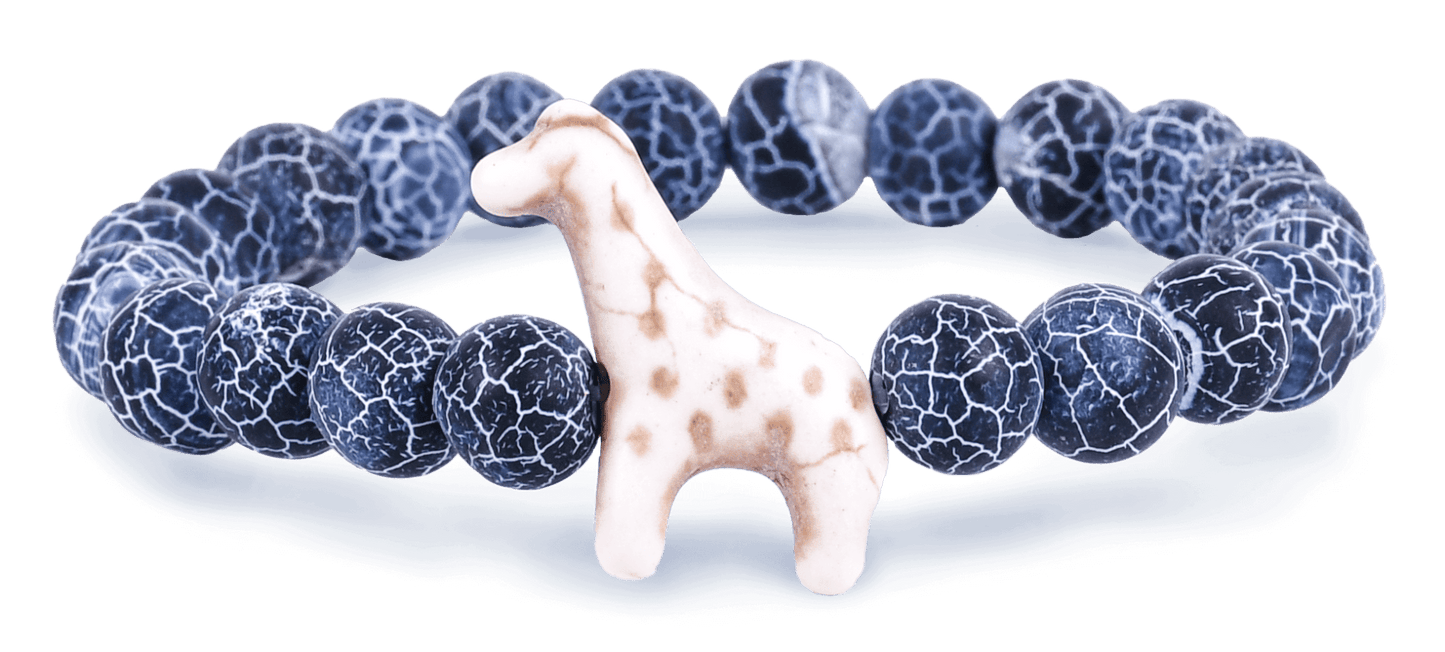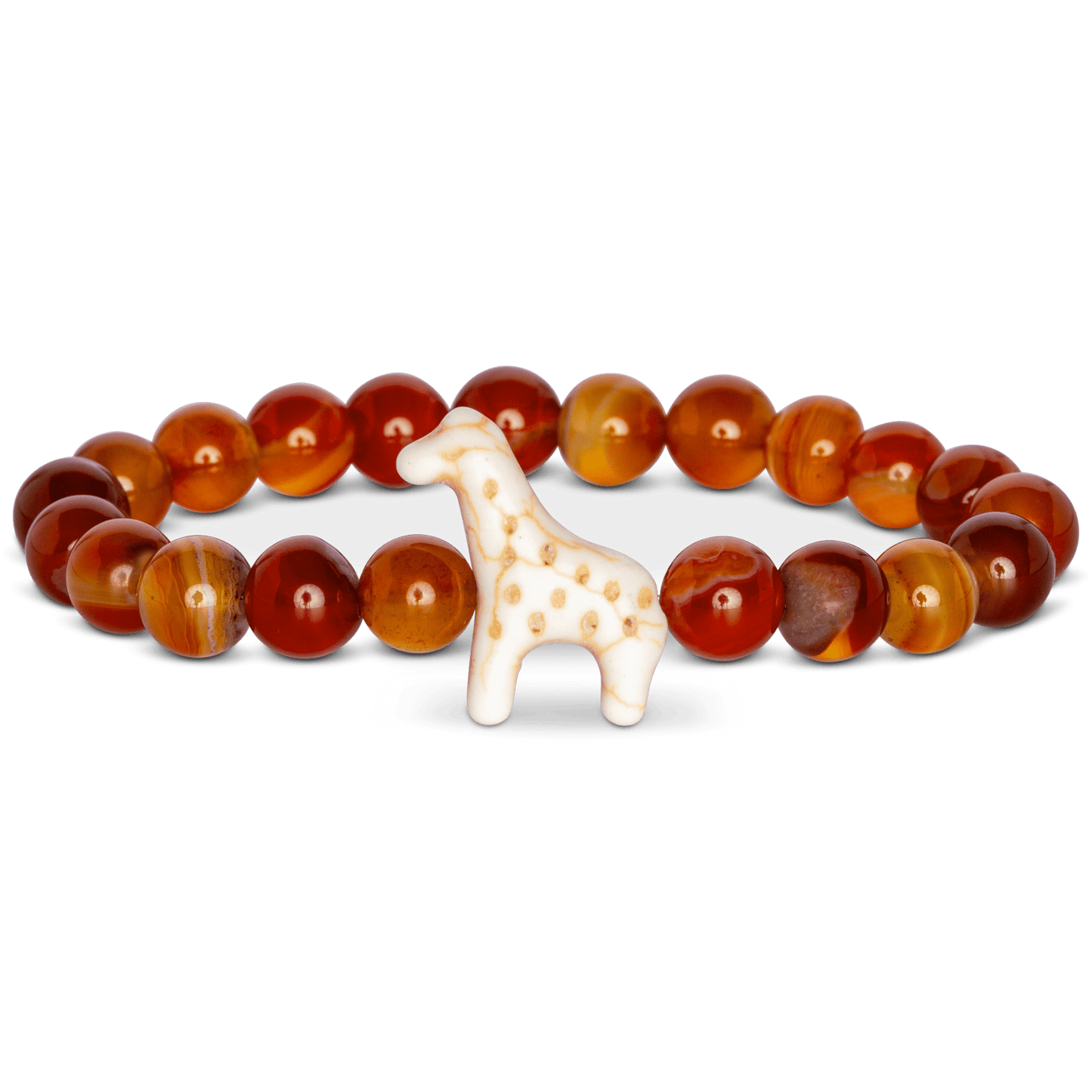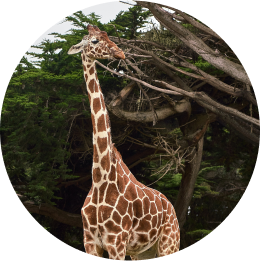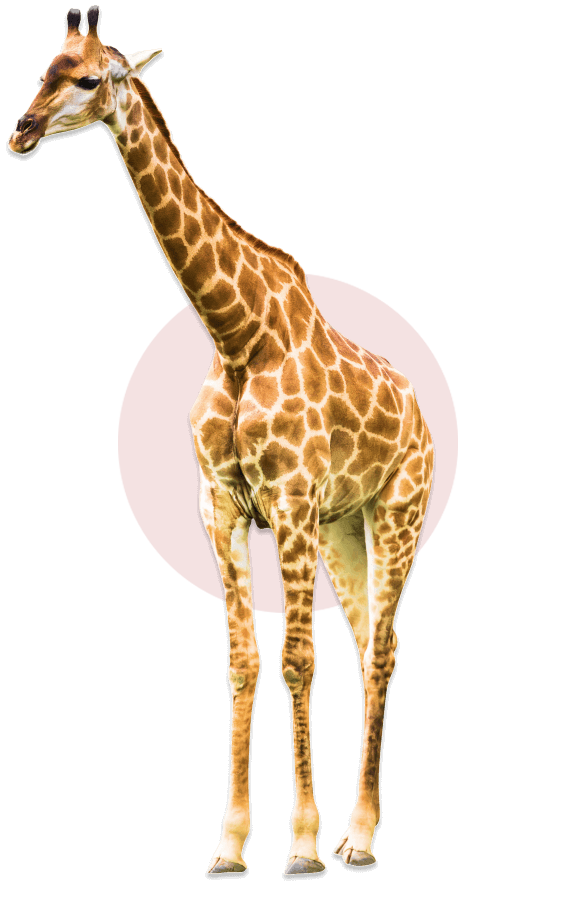









Each Bracelet Comes With
a Real Giraffe To Track
Each Bracelet Comes
With a Real Giraffe to
Track

Learn your giraffe's name and get their picture

Gain knowledge of their amazing stories, age, and what family they belong to

Follow their incredible trek on an exclusive tracking map

In partnership with the Somali Giraffe Project

A portion of all proceeds are donated to the Somali Giraffe Project, who focuses on the conservation and recovery of the endangered reticulated giraffe through research, education, and community involvement. Your purchase will help their conservation, and secure a future for giraffe in a rapidly changing world
One small bracelet.
One big mission.

Common Questions









 This animal’s safety guarded with the Fahlo Protection Ping™
This animal’s safety guarded with the Fahlo Protection Ping™ If you add 3 or more, you get free shipping!
If you add 3 or more, you get free shipping! Each order helps support the Somali Giraffe Project
Each order helps support the Somali Giraffe Project Sizing: Elastic, one size fits most
Sizing: Elastic, one size fits most SSL Secure Checkout
SSL Secure Checkout Worldwide Shipping
Worldwide Shipping Dedicated Customer Service
Dedicated Customer Service 100% Happiness Guarantee
100% Happiness Guarantee